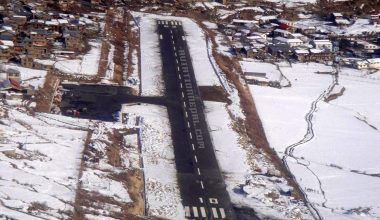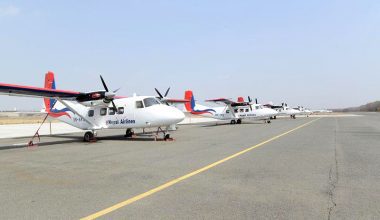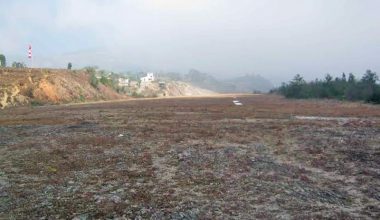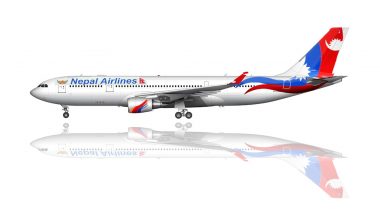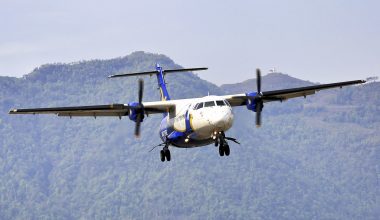Trend of increasing fleet; still inadequate for Nepal Aviation to Groom
Kathmandu – 21 August 2016
Recently, the airline operators of Nepal including Nepal Airlines have been seen following a trend of expanding their business by increasing the number of aircraft in their fleet. The introduction of more new airliners with newer fleets proves this. Helicopter companies are adding new helicopters and airplane carriers are adding new airplane utilizing all the economical and functional resource available to them. It seems like the primary concern of airline operators is to add fleet in their respective companies from the income they generate with the sole purpose of expanding their business.
Is increasing fleet the ultimate solution to patch up a slowly deteriorating Nepalese aviation industry? Obviously, it is not. There are several other factors combined with increasing fleet that helps to promote an airline and another airline and ultimately the overall aviation industry. An airline should be able to increase several other key components associated with increasing fleets. A major component we can discuss here is Human Resource. Without proper and adequate manpower no airline can turn towards success just adding on fleets.
Nepal Airlines that bought two Airbus aircraft before a couple of years ago in its fleet is continuously suffering lack of human resource. The main manpower for the aircraft being pilots, the same pilots are inadequate for Nepal Airlines because of which the two Airbuses can be seen more often on ground than in air. The capable aircraft are not flying in the rate they were supposed to, which is obviously the result of inadequate human resource. Another manpower the companies lack is the flight dispatcher because of which unsafe flights are also seen to be conducted haphazardly sometimes without proper release from licensed flight dispatcher. Helicopters are continuously required to operate ‘Sling’ operation in a country like ours that requires the operation from expertise manpower and pilots. Despite of the risks involved during this operation and lacking qualified manpower they are being conducted time to time.
Similarly the change in Civil Aviation Acts that is slowly diverting towards EASA (European Aviation Safety Agency) is a key component airlines should consider while planning about their expansion. The new requirements of CAAN (Civil Aviation Authority of Nepal) requires a pilot with frozen ATPL and valid CPL license while he/she joins an airline, and accordingly EASA PART 66 License will be required for aircraft maintenance engineers to be qualified for maintenance of aircraft in Nepal.
Most significantly, the major airline operators of Nepal lack hangars which are a compulsory requirement for maintenance of aircraft. An airline needs to be a 145 standard maintenance organization itself for the maintenance job otherwise should get their aircraft maintained by other 145 maintenance organization. But presently all other airlines of Nepal excluding major operators lack this standard of hangar. The airline should consider their primary focus in building a well equipped hangar too in their planning of expansion.
Increasing fleet is definitely a huge positive step towards growth of any airlines but all the components related with this should also be focused on. The misbalance while considering these components will result ill function of the airline even though it keeps adding the fleets. Nepal Airlines which puts a revolutionary target of welcoming new fleet every month should make a primary focus on increasing the human resource accordingly that will prevent the other aircraft also lag behind like Airbus. Helicopter companies too should focus on this as most of the fleets are commanded under foreigner pilots and their maintenance lacks the standard of 145. Nepal Aviation industry is slowly grooming and the addition of fleets is playing vital role for it. Therefore it is now necessary to make balance between the other components that comes together with increment of fleets.

